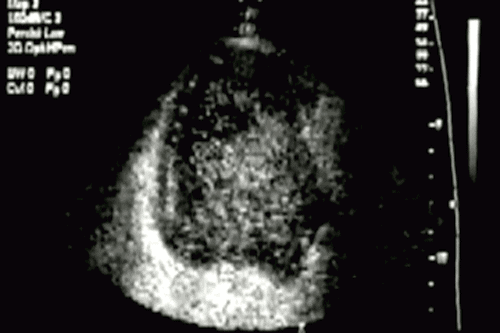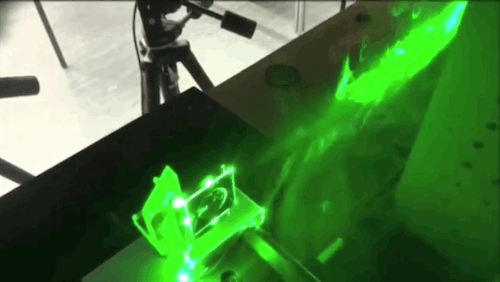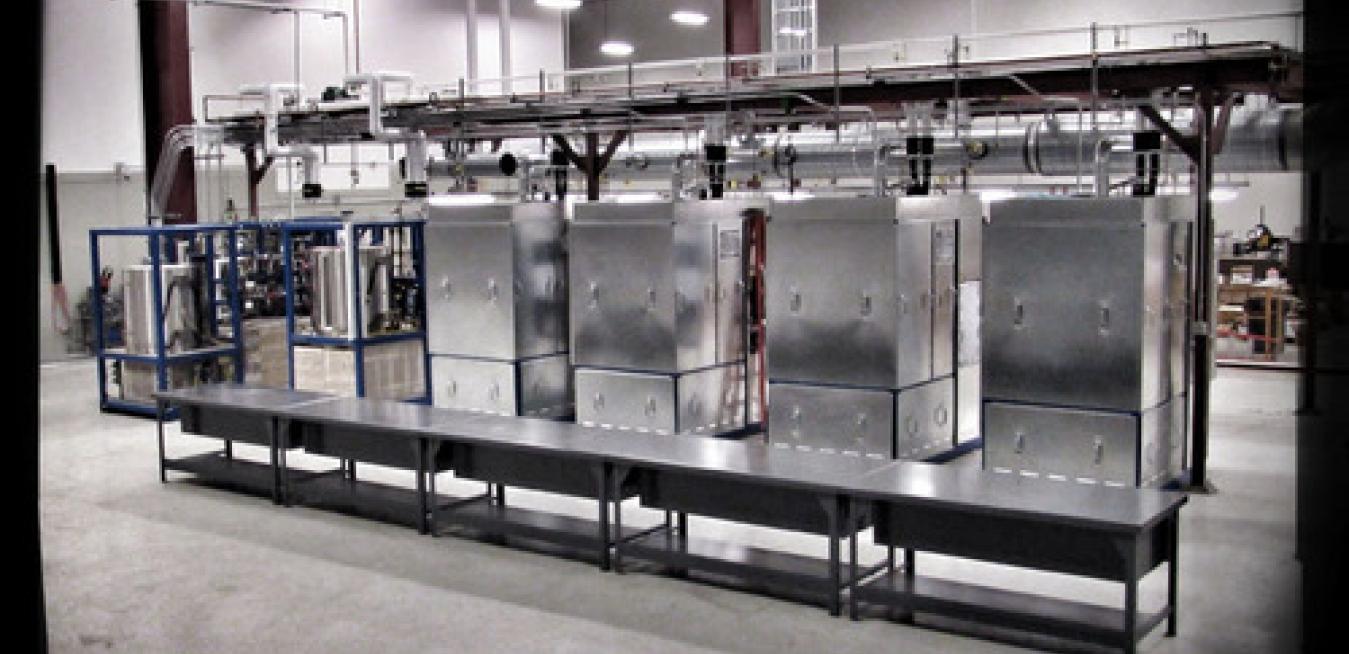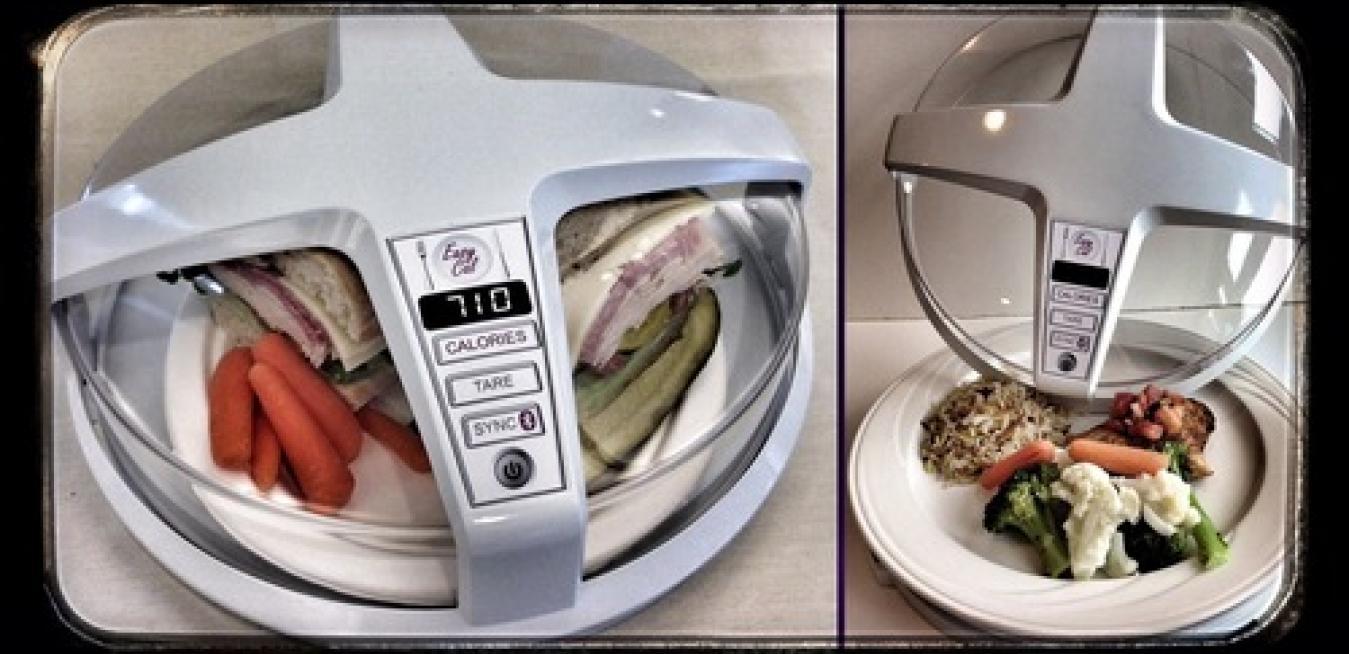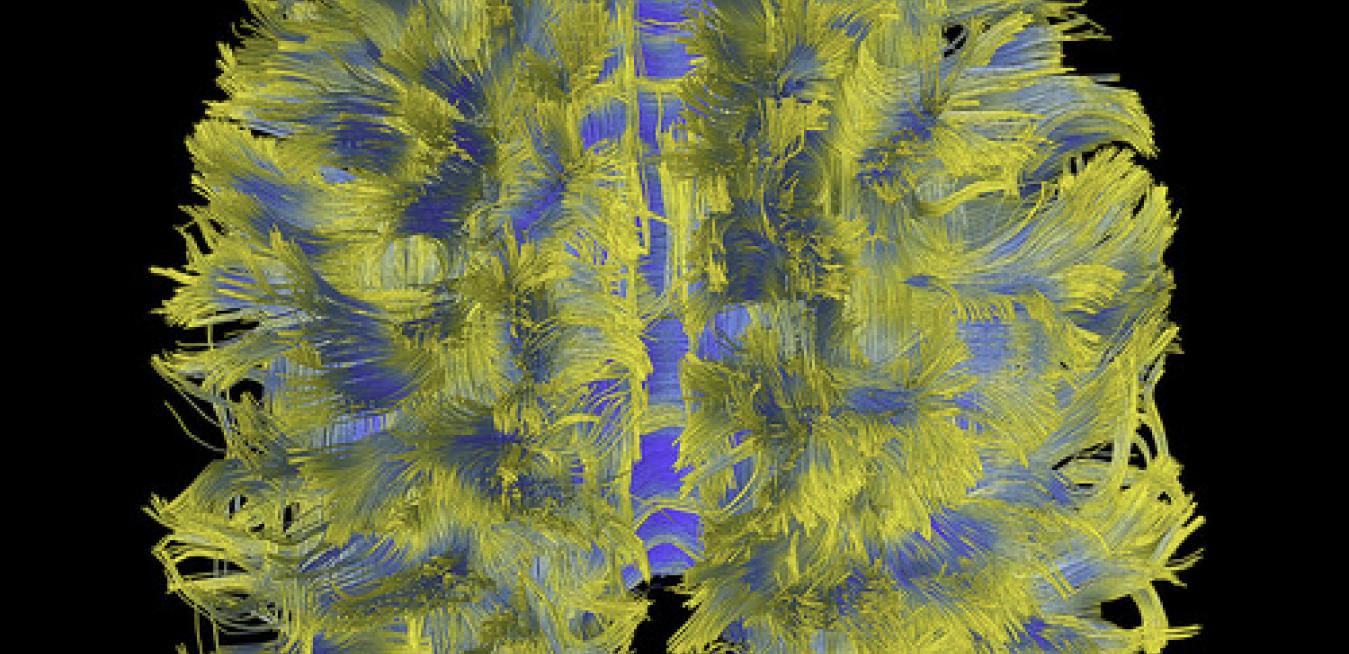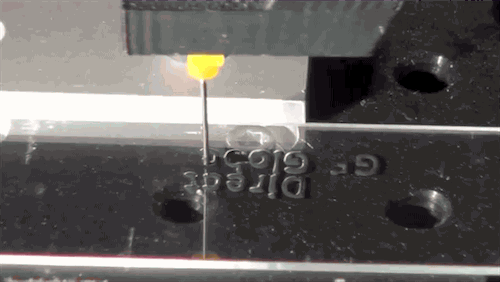Sweat can be a smelly messenger, but one that also carries a trove of valuable information about how our bodies are feeling. Scientists at several labs are now trying to pick its lock with nanotechnology, including know-how transferred from GE’s jet engine research, to develop flexible, Band-Aid-like wireless sensors sensitive enough to detect a drop of biomolecules found in sweat in 2.5 million gallons of water.
When the Audax Group acquired Aavid Thermaloy, a top maker of heat sinks and cooling systems for everything from PCs to EVs, in late 2012, the private equity firm used a loan from GE Capital to close the transaction. Sounds like a plain vanilla financing deal, but it did not stop there.
Categories
A fuel cell works like a battery, using a simple chemical reaction to provide energy. In fuel cells, this reaction involves hydrogen molecules abundant in natural gas and oxygen from ordinary air.
The problem wasn’t him asking, but the technology itself. “If it doesn’t automatically track the calories I eat, then I don’t want it,” she told him.
Three decades ago, engineers at GE research labs in Niskayuna, NY, built one of the first magnetic resonance machines and peered inside a colleague’s head. The result was the world’s first MRI image of the human brain. “This was an exciting time,” says John Schenck, a lead scientist on the project and also the test’s subject. “We worried that we would get to see a big black hole in the center. But we got to see my whole brain.”
If you feel that the world has become a buzzing beehive of connectivity, wait a few years. A recent report from CISCO estimates that only a small fraction of the devices that could be talking to each other - 10 billion out of 1.5 trillion, or just 0.6 percent - are actually connected. CISCO estimates that the number will jump to 50 billion by 2020, potentially transforming the way we live and the global economy.
